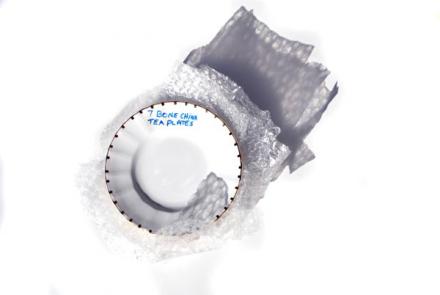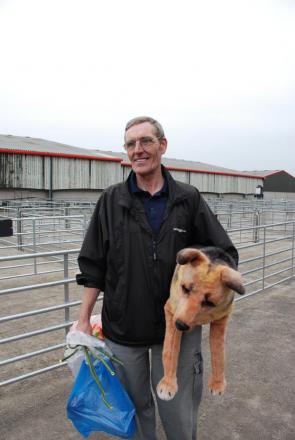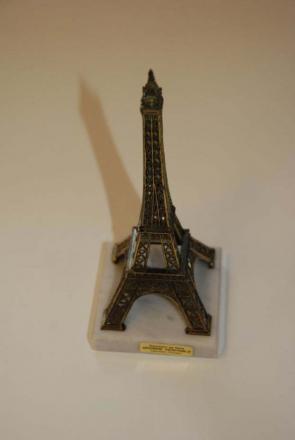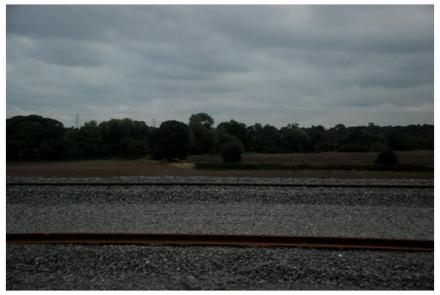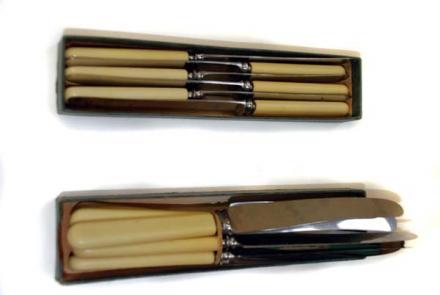Calcium
The ‘bone china’ plates pictured here are from a charity stallholder at Redcar Racecourse boot fair. They were originally made sometime between 1927 and 1949 in Longton, Stoke on Trent at Salisbury Works. The original process is attributed to Josiah Spode, who began making ‘bone china’ around 1797. It’s billed as Britain’s answer to ‘porcelaneous ware’ which was first made in China in around the 8th Century. The basic formula, of ‘bone china’ is six parts bone ash, four parts china stone, and three and a half parts china clay.
Dog’s dinner
Calcium in the form of calcined bone ash makes up 50% of the final product. It’s produced from animal bone processed to remove remaining meat, which is generally sold on as pet food. One such ‘rendering facility’, owned by PDM group lies on the outskirts of Doncaster, downwind from the train station (which also benefits greatly from calcium), and is ‘one of the largest suppliers of pet food ingredients to the European pet food industry’, even developing ‘the world's first custom designed commercial animal by-product combustion plant.’ I imagine the place as a kind of animal Soylent Green. After being ‘rendered’, the bone is then treated to remove the glue, heated to about 1000 degrees centigrade, then finely ground with water.
The ‘bone ash’ gives traditional English bone china its translucency and its whiteness. It became popular very quickly, partly because it was stronger, but also as Chinese goods bore very heavy import duties on porcelain (108% in 1799). They also received the patronage of the Prince of Wales – a trendsetter then as always.
Made to the same recipe today, and without having come close to abolishing the monarchy, Stoke-on-Trent is still the centre of the British ceramic industry, and is the largest clayware producer in the world, with other local industries including chemical works, engineering plants, paper mills, also using different forms of calcium and bone ash processing residues in their products.
Not just for dinner
Chalk, marble and limestone are all made of calcium carbonate, a common compound of calcium. Limestone formed in the Peak District when Britain was part of a large continental landmass close to the equator, some 340 millionish years ago.

![]()
Dover, thanks to the death of marine life contains a lot of calcium carbonate has some very picturesque cliffs. The song, ‘There’ll be bluebirds over the white cliffs of Dover’ was made famous by Vera Lynn in 1942. Nat Burton wrote the words, and there is more likelihood that there are bluebirds in the white cliffs rather than flying over them. Nat never went to Dover.
This Eiffel tower trinket that was sold to me by a couple at Hexham boot-fair, has a marble (calcium carbonate) base. They have never been to Paris either.
Calcium carbonates’ many uses include making white paint, cleaning powder, toothpaste and stomach remedies. In its solid and occasionally squeaky form, I remember it being used as a missile to attract my attention in class.
When it’s being put to one of its varied, but better uses, it is heated and forms quicklime. Added to water it becomes slaked lime and is used as an ‘inexpensive’ base material throughout the chemical industry. Calcium is the 5th most abundant element in the earth’s crust, and lime is used - directly or indirectly - in the manufacture of virtually every consumer, industrial and agricultural product.
Other common calcium compounds include calcium nitrate, a naturally occurring fertilizer, and calcium sulfate - the gypsum, which is used to make dry wall and plaster of Paris. Not only are bones made from it (in the form of calcium phosphate), but also the molds made to repair broken bones are made form the same stuff.
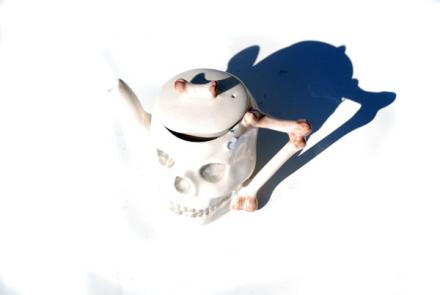
Winsor skull teapot 1983. Bargain £2
Earthy and watery uses
Lime is essential for adjusting pH levels and for softening drinking water, as well as for treating urban and industrial wastewater before being either recycled or pumped out to sea, where, in the form of calcium carbonate, marine life originally used it to make eyes skeletons and eyes.
In water, quicklime spontaneously hydrates to form calcium hydroxide. The heat released in this reaction is also used to dry out damp soil rapidly. Lime neutralises the clay particles in the soil and binds strongly with them to improve ‘mechanical performance’. These properties mean its used in most civil engineering projects, constructed using local soils and at ‘a low cost both financially and environmentally’. So it’s used for supporting pavements and railway embankments allowing you to travel, (at what is admittedly a middling pace thanks, in part to the privatization of the British Rail network), on your train.
![]()
Another industry that once had British in its title, British Steel, would use approximately 40 kilograms of lime for every tonne of pure steel produced. Sheffield ‘stainless steel’ of course makes all manner of culinary implements that are useful when you need to get your best china out for your guests.
